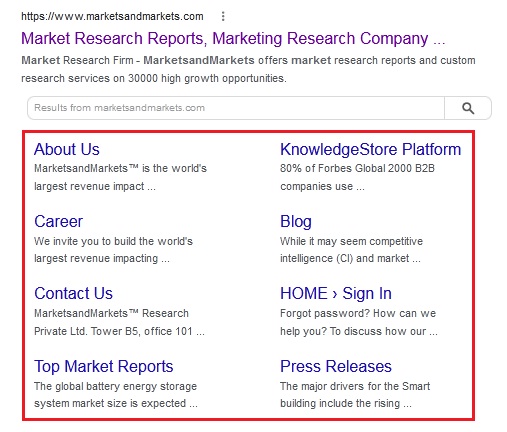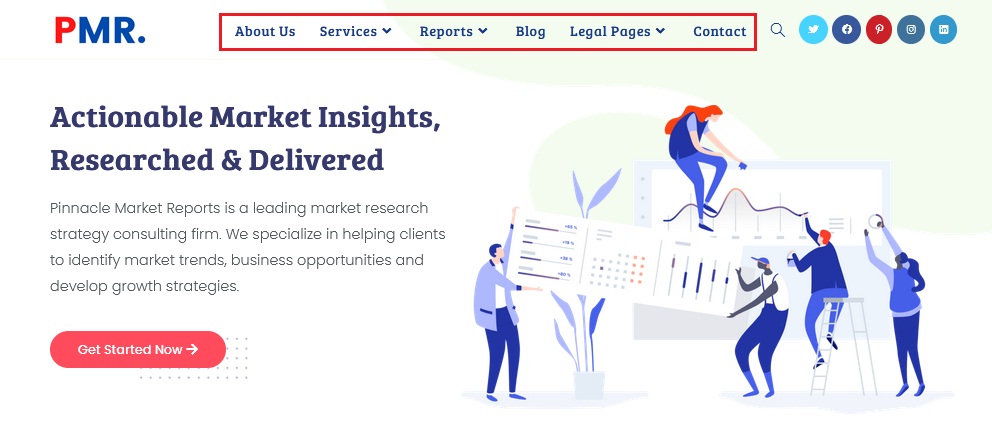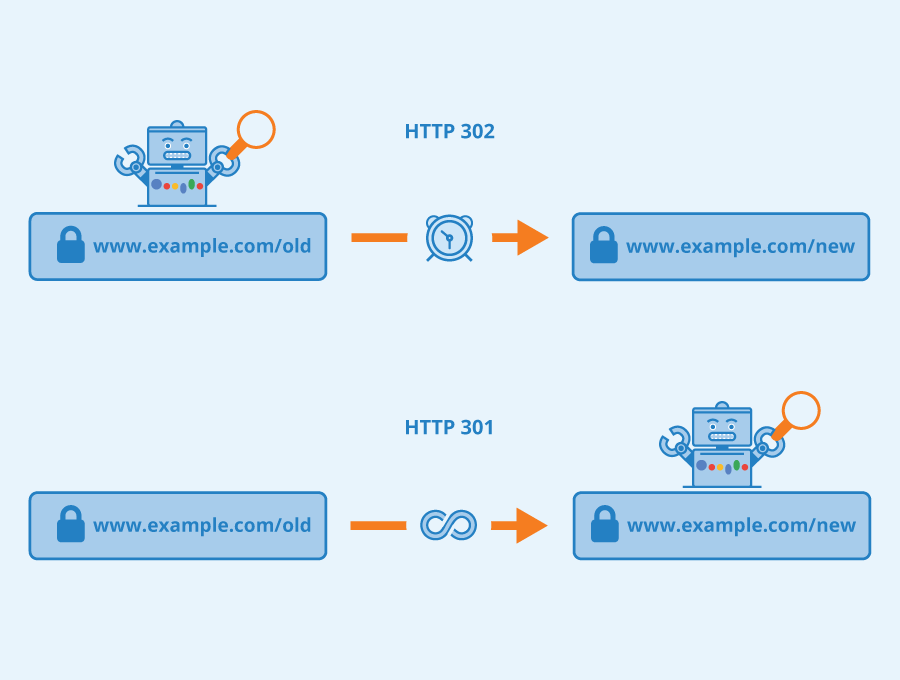How Do Website Structure and Hierarchy Affect SEO?
Table of Contents
Search Engine Optimization and Website Structure
When done correctly, site structure, URL hierarchies, and internal links have a significant impact on both user experience and search engine visibility. However, like with any major change, modifying the hierarchical structure comes with risks. Changes, including redirects, must be carefully planned to eliminate risks.
What is the significance of site structure and hierarchy?
Website design is an area of website optimization that is frequently, if not always, ignored. However, because this is one of the most significant SEO goals, you must invest in the structure and hierarchy of your site, just as you would in content.

The following is achievable with a well-designed hierarchy:
User Experience
Reducing site bounce rates, increasing conversions, and improving overall usability are all achieved when users can intuitively understand the path to the content they’re looking for. The logical placement of content on a website reduces the bounce rate, improving the site’s search result rankings.
Sitelinks
The more clearly the site’s hierarchy is created and the better the link silos for the content categories are formed, the easier it will be for your site to benefit from Google’s sitelinks. Google determines sitelinks based on site hierarchy, relevance, and internal link strength. Sitelinks cannot be created or removed on Google’s behalf.

The importance of sitelinks for SEO and organic traffic cannot be neglected. When visitors click on 2–8 different content pages in addition to the home page, they boost site traffic and user experience. On the other hand, sitelinks are worthless for a site with a poor site structure. Sitelinks are rewarded by Google for sites with solid, intuitive content architecture.
Google’s understanding of the site’s topics will improve
With the help of a proper site structure, Google learns and understands content and how it interacts with other pages. With this knowledge, Google will be able to prioritise pages in the higher hierarchy tree for generic searches and pages in the lower hierarchy tree for particular searches.
How to build a site structure
A well-designed website is almost always SEO optimised
Before you begin creating pages for your website, plan out the structure of your site. It can be done on paper, in Excel, in a word processor, or in a software tool.
Because the URL structure and navigation structure of your site will follow the site structure, hierarchical design is critical for your site’s usability.
Remember to consider logically the structure while establishing a site hierarchy: “How exactly would I reach the page I was looking for by following the navigation?”
Also, keep the number of main categories or main pages to a minimum of seven. These are the pages that appear in your main navigation as links. Make sure that every business-critical page is only three (or fewer) clicks away from the homepage.
Use a URL structure that corresponds to the structure of your website

The structure of the Pinnacle Market Report’s home page is depicted in the image above. The key pages are About Us, Services, Reports, Blogs, Legal Pages, and Contact, which are located beneath the home page. These have their own sub-pages beneath them. The structure of a URL should resemble something like this: https://pinnaclemarketreports.com/services/, to ensure that it has a clear structure.
Avoid using special characters, uppercase letters, or hyphens in your URL structure.
Implementation of the site’s structure and navigation on a technical level
The technical implementations of URL structures and navigation bars should be taken into account when constructing them. In the worst-case scenario, Google is unable to use navigation at all. As a result, sub-pages may not benefit from the new content structure.
The most crucial thing is to double-check that all navigation links, content links, and sidebar links adhere to HTML standards. Script-based technologies, Flash, and other unusual ways of implementing a website typically cause navigation issues and, in the worst-case scenario, hinder the Google search engine robot from exploiting navigation or content links.
Do not duplicate a sub-page between two URLs if it appears in two places in the site structure. It generates duplicate content, undermining the site’s relevance and authority. Internal links are a better way to cope with the situation.
Canonical attributes should be used
Canonical attributes inform Google and other search engines about the content’s absolute URL. If a URL is followed by a parameter (for example, https://website.com/page-1?pagename=thispage), Google will interpret both URL variants (the parameter version and the “clean” version) as two separate sub-pages.
Use of Redirections

You have nothing to redirect if you’ve developed a brand new site for a new domain. Redirects, on the other hand, may be the most crucial search engine optimization method if you’ve done a site redesign (or hierarchical redesign) for an existing domain. This will help Google understand how your site has changed and will prevent 404 error pages from showing up in Google’s search results. When a site is relaunched, remember to use a permanent 301 redirect to redirect all URLs from the old site to the new one.
Summary
Your site’s structure, hierarchy, and navigation paths are critical for Google to understand, value, and sort the content on your site and to distribute the link power within your site to the correct locations. A clear hierarchy and navigation, at its best, improves the user experience, reduces bounces, and boosts conversion rates. This also causes a slight boost in search result rankings.



